Is silk saree good?
The beauty and versatility of silk sarees
Silk sarees have held a special place in women’s hearts for centuries and for good reason. Known for their dazzling shine, luxurious textures and intricate designs, these exquisite apparels are the epitome of beauty and grace. Whether you are attending a wedding, festive celebration, any formal event, or simply want to add a touch of sophistication to your everyday attire, silk sarees are a versatile choice that never goes out of style. In this comprehensive exploration, we’ll delve deep into the world of silk sarees, discussing their history, craftsmanship, cultural significance, and why they remain a favorite fashion statement even today.

I. Rich Heritage of Silk Sarees
1. Historical Origins:
Silk, a natural fiber obtained from the cocoon of the silkworm, has been cultivated and woven into fabric for over 5,000 years. Legend has it that the Chinese Empress Shi Ling Xi discovered silk around 2700 BC, and silk production and trade began along the Silk Road, which connected China to the rest of the world. Silk sarees have a deep history in the Indian subcontinent, with references dating back to ancient texts and dynasties.

2. Cultural significance:
Silk sarees are not just apparel; They are a symbol of culture, tradition and artistry. They are an integral part of various Indian rituals, ceremonies and festivals, symbolizing purity, grace and beauty. Different regions of India are famous for their unique varieties of silk sarees, with each region showcasing distinctive weaving techniques, motifs and color palettes.
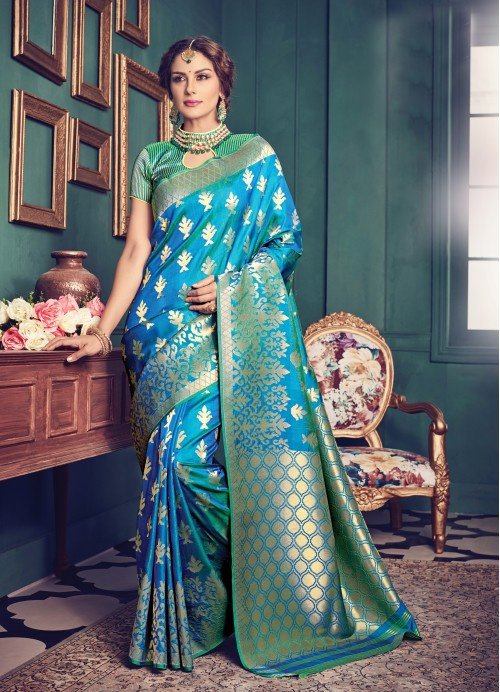
II. The art of knitting
1. Craftsmanship:
Crafting a silk saree is a laborious and intricate process that involves the skilled hands of weavers. Silk threads are carefully dyed, spun and woven to create the fabric’s distinctive luster and pattern. Traditional handloom weaving techniques such as Kanchipuram, Banarasi and Kanjeevaram are revered for their craftsmanship and attention to detail.
2. Design Variety:
Silk sarees come in a myriad of designs, ranging from ornate and heavily embellished to simple and minimalistic. Common motifs include peacocks, lotus flowers, paisley, and geometric patterns. The choice of motifs often holds cultural and symbolic significance.
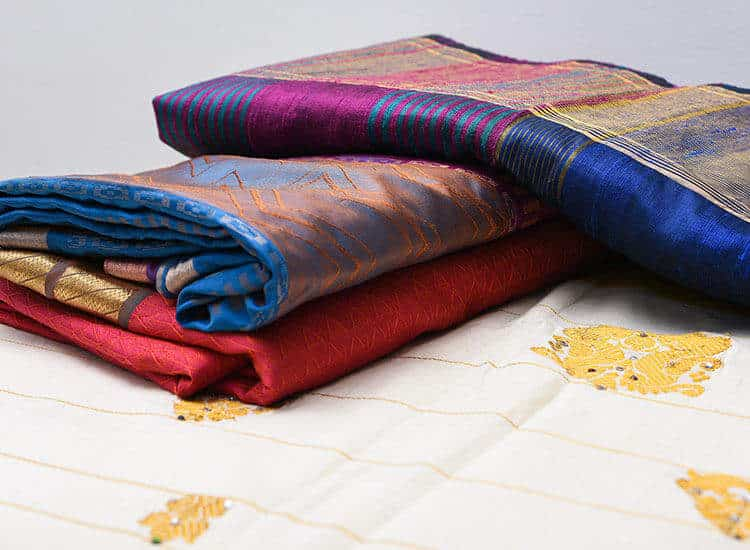
3. Innovation:
While traditional silk sarees are timeless, contemporary designers and weavers continue to innovate by incorporating modern elements and trends into their creations. This blend of tradition and innovation has made silk sarees relevant to the young, fashion-conscious audience.
III. Versatility and Appeal
1. Occasion-Friendly:
Silk sarees are exceptionally versatile, making them suitable for a variety of occasions. The grandeur of the Kanjeevaram silk saree makes it perfect for weddings, while the lightweight Tussar silk saree is ideal for casual gatherings. Silk sarees can easily be dressed up or down to match the formality of the event.
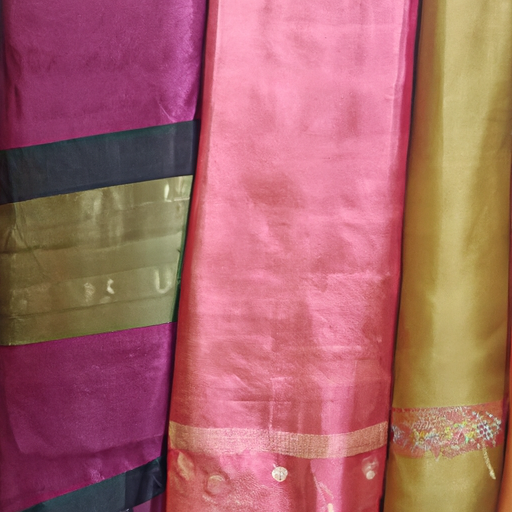
2. Comfort and Wearability:
Despite their gorgeous appearance, silk sarees are surprisingly comfortable to wear. The fabric drapes beautifully and molds to the contours of the body, ensuring ease of movement. This makes them the preferred choice for long celebrations.
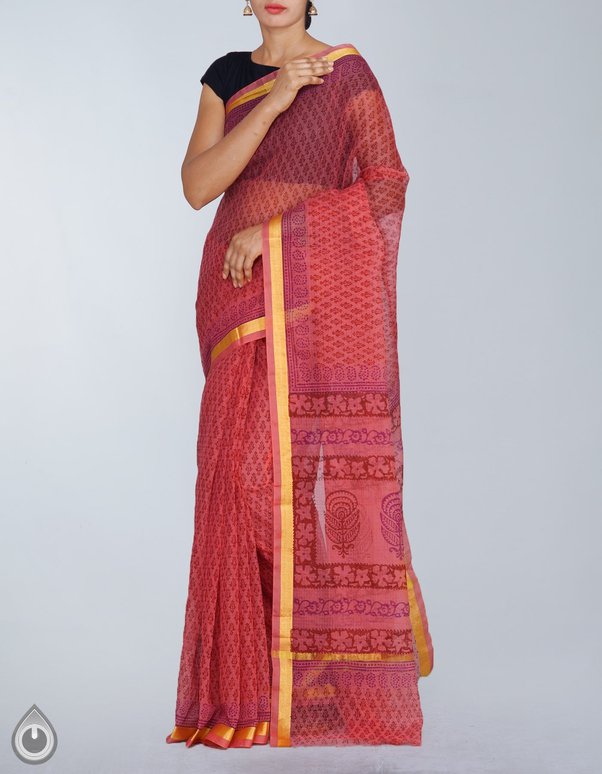
3. Timeless Appeal:
Unlike trendy fashion items that come and go, silk sarees have an enduring appeal. They never go out of style and can be passed down for generations as heirlooms. Owning a silk saree is like owning a piece of living history and art.
IV. Regional Varieties of Silk Sarees
1. Kanchipuram Silk Sarees:
Kanchipuram silk sarees of Tamil Nadu are famous for their rich colours, intricate zari work and durability. These sarees are often loved by brides for their grandeur and timeless beauty.
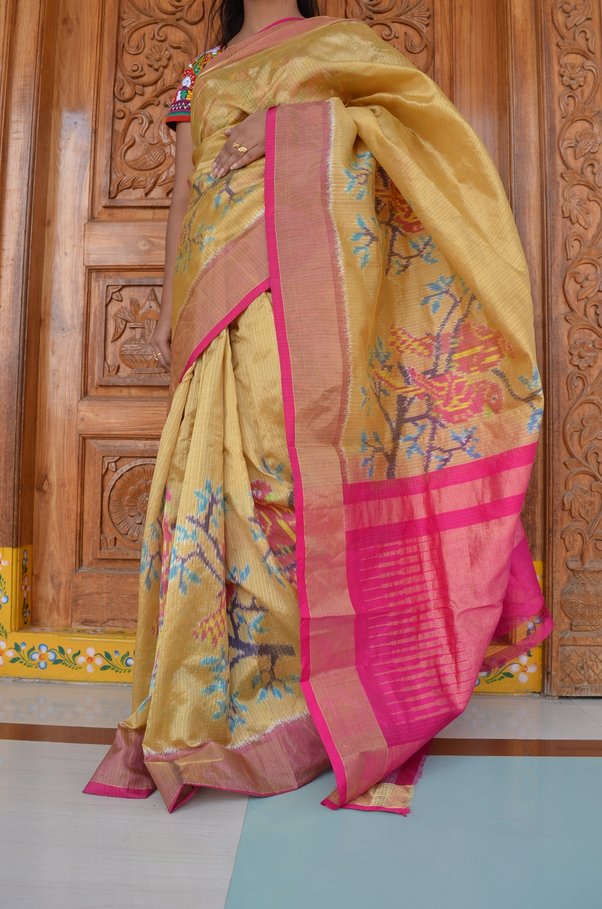
2. Banarasi Silk Sarees:
Originating from Varanasi, Uttar Pradesh, Banarasi silk sarees are known for their fine silk, exquisite brocade work and intricate motifs. They are the epitome of luxury and are a popular choice for bridal attire.
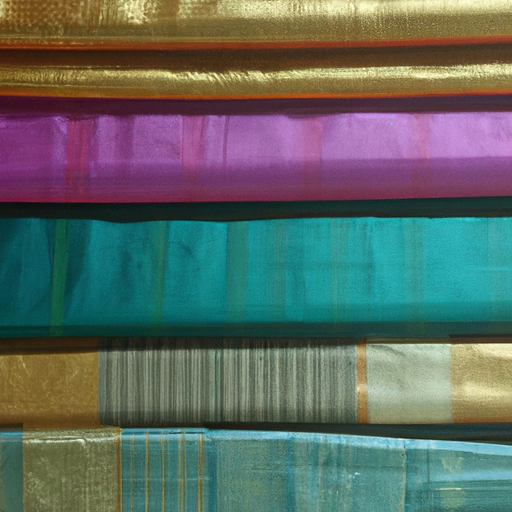
3. Kanjeevaram Silk Sarees:
Kanjeevaram sarees of Tamil Nadu are characterized by their distinctive wide borders, asymmetrical pallu and temple-inspired motifs. They are known for their heavy silk and are often worn on special occasions.
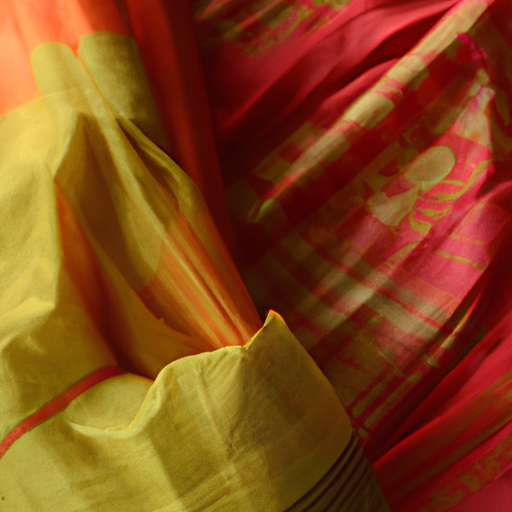
4. Tussar Silk Sarees:
Tussar silk, also known as Kosa silk, is obtained from the larvae of the Tussar silkworm. Sarees made from Tussar silk are light, have a natural golden luster and are suitable for both casual and formal wear.
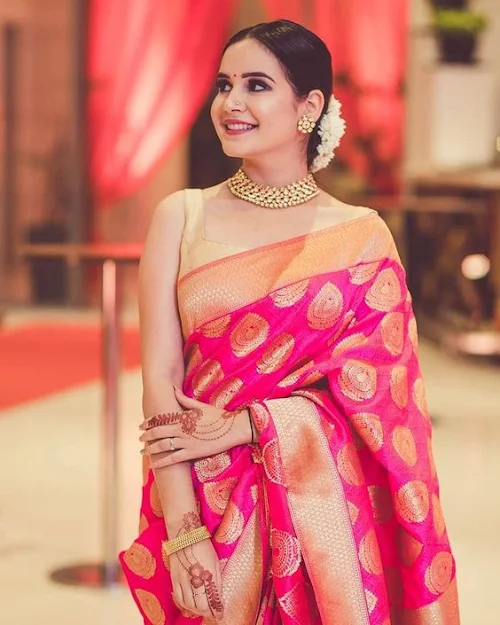
5. Baluchari Silk Sarees:
Originating from West Bengal, Baluchari sarees are known for their elaborate pallu designs depicting scenes from epics and mythology. They are testimony to the artistry of the weavers of Bengal.

6. Paithani Silk Sarees:
Native to Maharashtra, Paithani sarees are famous for their vibrant colours, intricate peacock motifs and distinctive pallu designs. They are the epitome of Maharashtrian culture and tradition.

7. Mysore Silk Sarees:
Weaved in Karnataka, Mysore silk sarees are known for their simplicity, softness, and elegent borders. They are often choosen for their understated charm and comfort.

V. The Timeless Allure of Silk Sarees Today
1. Bridal Elegance:
Silk sarees continue to be the preferred choice for brides across India. Their regal appearance, intricate craftsmanship, and symbolic significance make them the quintessential bridal attire.
2. Global Appeal:
Silk sarees have transcended borders and gained popularity worldwide. They are not only worn by women of Indian origin but also embraced by fashion enthusiasts around the globe for their uniqueness and beauty.
3. Celebrity Endorsement:
Celebrities and fashion icons frequently don silk sarees at red carpet events, award ceremonies, and promotional appearances. This has further propelled silk sarees into the spotlight of international fashion.
4. Contemporary Fusion:
Designers have creatively blended traditional silk sarees with contemporary elements to cater to modern tastes. Blouses, draping styles, and accessories are being reinvented to suit diverse fashion sensibilities.
VI. Caring for Silk Sarees
1. Storage:
Silk sarees should be stored in a cool, dry place away from direct sunlight to prevent fading. It’s advisable to wrap them in muslin cloth to protect them from dust and moisture.
2. Cleaning:
Silk sarees are delicate and require gentle care. Dry cleaning is the safest option for maintaining their luster and color. Avoid using harsh detergents or washing them at home.
VII. In Conclusion
Silk sarees are not just garments; they are a testament to India’s rich cultural heritage, artistry, and craftsmanship. They have gracefully transitioned through centuries, adapting to changing fashion trends while retaining their intrinsic charm and elegance. Whether it’s a bride’s dream attire, a symbol of tradition, or a fashion statement, silk sarees continue to capture the hearts of women and inspire the world with their timeless allure. As we celebrate the legacy of silk sarees, we recognize that they are not just good; they are extraordinary, standing as a symbol of timeless beauty, culture, and craftsmanship that transcends generations and fashion eras.
Frequently asked questions about silk sarees:(FAQ)
1. What are silk sarees known for?
- Silk sarees are known for their lustrous appearance, luxurious feel, and intricate designs.
2. How can I identify genuine silk sarees?
- Look for a silk mark or certification label on the saree and buy from reputable sellers or brands.
3. Can silk sarees be worn for everyday occasions?
- Yes, lighter silk sarees like Tussar and Mysore silk are suitable for everyday wear.
4. Are silk sarees comfortable to wear?
- Yes, silk sarees are comfortable due to their drapability and adaptability to the body’s contours.
5. How should I care for my silk saree?
- Dry clean your silk sarees and store them in a cool, dry place away from direct sunlight.
6. Are silk sarees eco-friendly?
- Sustainability depends on production methods; some varieties like Ahimsa silk are more eco-friendly.
7. Can people from different cultures wear silk sarees?
- Yes, silk sarees are appreciated worldwide and can be worn by people from diverse backgrounds for special occasions.
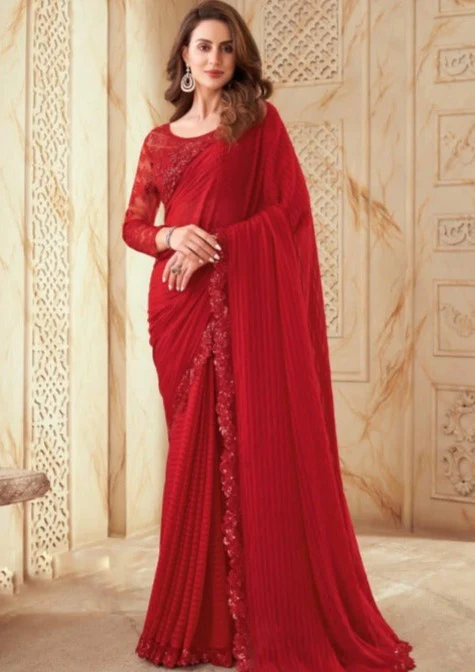
1 thought on “Is silk saree good?”